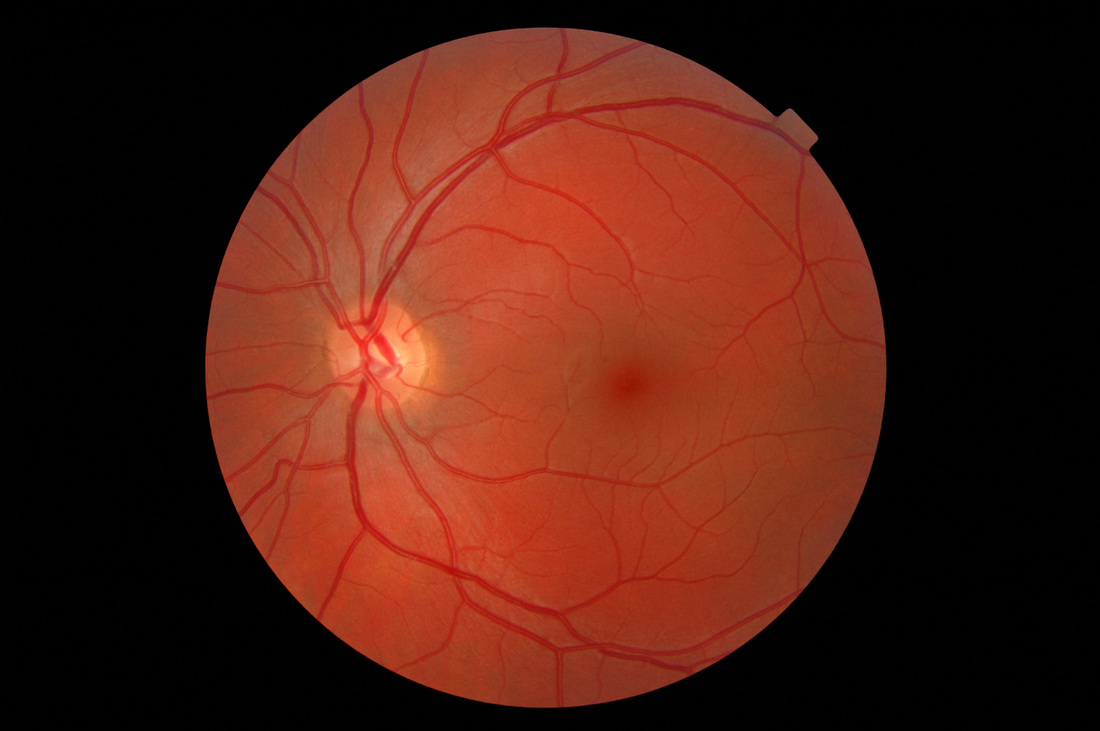

Special attention is given to quantitative techniques for analysis of fundus photographs with a focus on clinically relevant assessment of retinal vasculature, identification of retinal lesions, assessment of optic nerve head (ONH) shape, building retinal atlases, and to automated methods for population screening for retinal diseases. Methods for 2-D fundus imaging and techniques for 3-D optical coherence tomography (OCT) imaging are reviewed. Following a brief overview of the most prevalent causes of blindness in the industrialized world that includes age-related macular degeneration, diabetic retinopathy, and glaucoma, the review is devoted to retinal imaging and image analysis methods and their clinical implications. While a number of other anatomical structures contribute to the process of vision, this review focuses on retinal imaging and image analysis. You can easily drive back yourself home after the test.Īlthough digital retinal imaging does not replace traditional eye exams, it improves the precision and accuracy of testing the eyes.Many important eye diseases as well as systemic diseases manifest themselves in the retina. Unlike traditional methods, there is no temporary blurring of vision or light sensitivity. There are no d igital retinal photography side effects. Changes to the eye due to diabetes: Diabetes may cause changes to the blood vessels in the eyes over time, which can damage vision.Retinal imaging is very important to detect this early.


While dilation only allows your eye doctor to see up to 15% of your eye, digital imaging increases this range to up to 80%, which also improves the diagnosis.

Digital retinal imaging is superior to overdilation and examination as it does not require this step of dilation at all and saves you the extra time spent. These drops also cause blurring of the vision for a few hours. The digital retinal imaging is a quick process as the retinal imaging machine takes only a few seconds to capture images of the retina.Īs the process only involves capturing a digital image of the eye, there is no pain or discomfort.ĭilation is a process where your eye doctor will place some eye drops to dilate your eyes so that he can visualize your retina with a magnifying glass and bright light. If you are wondering is retinal imaging necessary, here are some ways this eye exam can benefit you: This exam gives a clearer and precise digital image of the retina for your physician to examine. In a digital retinal imaging eye exam, a picture of the back of your eye is taken which helps to visualize the health of the retina, surrounding structures, and blood vessels. If you have any conditions like diabetes or you are passing your 50s and 60s, your eye doctor will recommend a digital retinal imaging eye exam. During routine eye exams, your optometrist or ophthalmologist will assess the health of your eyes. It is always better to understand the various examinations and tests your eye doctor will conduct to diagnose underlying retinal conditions. Your eyes are one of the most precious parts of your body and deserve the best possible care. 6 ways You Can Benefit from a Digital Retinal Imaging Eye Exam


 0 kommentar(er)
0 kommentar(er)
